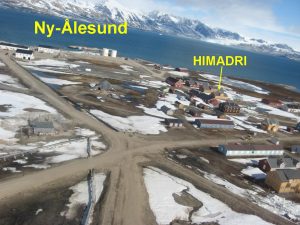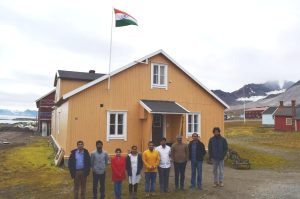In the next five years in order to sustain its bases in Antarctica, India aims to have its first Polar Research Vessel (PRV) as told by Union Earth Sciences Minister Kiren Rijiju.
He noted that in 2014, the Cabinet had approved Rs 1,051 crore to acquire the vessel. A tender was also floated for the same. The government later abandoned the project as the company which had got the order to build the ship raised certain conditions that were not part of the tender process.
“However another effort was initiated and now, we are ready with the proposal to be moved by the EFC (Expenditure Finance Committee),” Mr Rijiju said.
 The cost of the vessel is now estimated to be ₹ 2,600 crore, he noted. “I am hopeful that in this financial year, we should be ready to propose this estimate and move in the Cabinet. In the next five years, we should be ready with the ship,” Mr Rijiju stated.
The cost of the vessel is now estimated to be ₹ 2,600 crore, he noted. “I am hopeful that in this financial year, we should be ready to propose this estimate and move in the Cabinet. In the next five years, we should be ready with the ship,” Mr Rijiju stated.
The PRV will play a crucial role in supporting India’s bases in Antarctica and the Arctic. India currently operates three research base stations in the polar regions, and continuous access to these stations is essential for conducting various research activities, especially those related to climate change.
Apart from logistical support, a PRV can serve as a research platform for scientists to conduct studies in the ocean realm, including the Southern Ocean. This vessel’s acquisition is crucial as it will enable India to carry out independent polar expeditions and scientific studies in these critical regions, rather than having to charter foreign PRVs for each expedition.
.
India currently has three Research Base Stations in the polar region of Antarctica:
Bharati (WAP IND-Ø4), Maitri (WAP IND-Ø3), and Dakshin Gangotri (WAP IND-Ø1) and one station Himadri at 78°55 North, 11°55 East on Spitsbergen island in the Arctic (picture on the right).
Himadri is India’s first permanent Arctic Research Station located at at the International Arctic Research complex, Ny-Alesund. It was set up during India’s second Arctic expedition in June 2008 and inaugurated on the 1st of July, 2008 by the Indian Minister of Earth Science.
